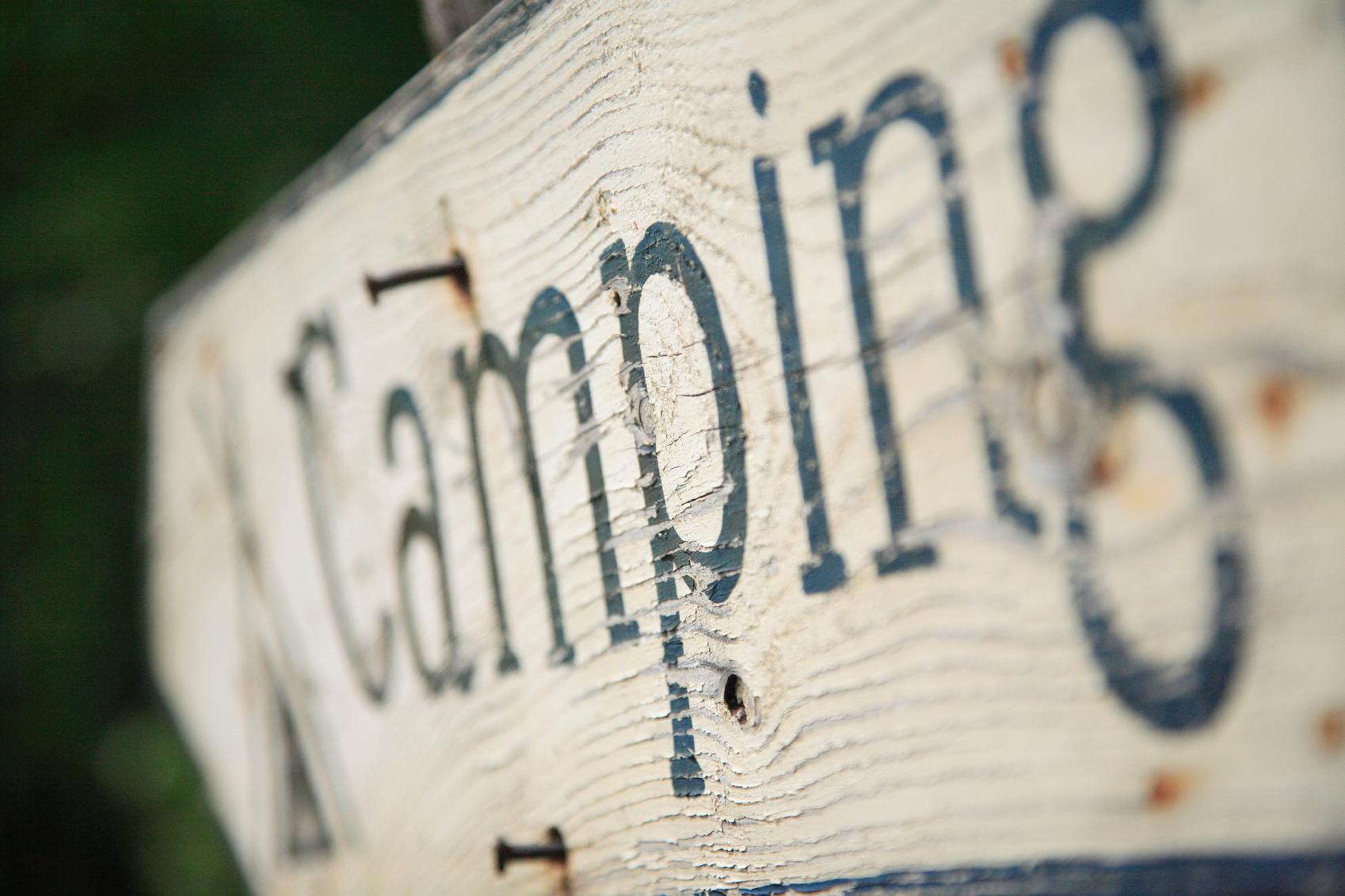"There's nothing to see on the East!"
Or that's what people believe.

A phrase we see a lot on the various NC500 pages on Facebook, and something we disagree with strongly. Ferry View Campsite may be essentially on the north coast, but we are to the east and wish people would look more closely at the fabulous selection of things to see and do on the east coast.
We thought we’d try and show you exactly how much there is to do on the east, by taking a tiny piece - between Wick to John O’Groats, and exploring all the things to see and do along this short stretch. Who knows, maybe next time we’ll head further south and see what else is there, but for now let’s start with Wick.
I don’t want to bore you with reams and reams of writing about one place ( and believe me I could write sooo much about Wick) so I think we’ll start things to do and see in Wick:
Castle of Old Wick - a 14th century ruined castle;- The Trinkie - a natural sea water pool where you can have a dip;
- Old Pulteney Distillery - making whisky since 1826 (nearly 200 years!);
- Wick Heritage Centre - this place is a must - it is absolutely fascinating!;
- Wick Memorial Gardens - beautiful garden memorial to the victims of the first daylight bombing raid in WW2;
- The Blackstairs - as painted by L. S. Lowry (🎵matchstalk men and matchstalk cats and dogs🎵);
- Castle Sinclair Girnigoe - stunning remains of what must have been a beautiful castle, with a gorgeous little bay at the foot of it;
- The North Baths - Wick’s second sea water outdoor pool (yep, they have 2);
- Argyle Square - a stunning tree lined square created by Thomas Telford when he built Pulteneytown following the boom in the fishing industry;
- The Telford Trail - a walk around Wick detailing the highlights of Telford’s Puleneytown Project;
- Caithness Seacoast Tours - an amazing boat ride along the coast seeing the wildlife and stunning Caithness coastline; and,
- The Shortest Street in the World - yes, really, Ebenezer Place in Wick holds the Guiness World Record for The Shortest Street in the World.
Okay, so that’s given you some idea of just what’s in Wick itself, without even mentioning the stunning coastal paths with their relics from WW2 and beyond.
As you head out of Wick towards John O’Groats, there isn’t any less to see either.
Ackergill Tower pokes out from it’s wooded surroundings, a better view can be gained from Ackergill Beach. Reiss Beach is stunning for the sheer space and breathtaking views of the surrounding landscape. Forming part of Sinclair Bay, Reiss also has a spectacular golf course in the dunes - for those who enjoy 18 holes.
Continue on the A99 and, at the other end of Sinclair Bay you will find Keiss which boasts a harbour, 3 brochs, a castle and stunning beaches.
After Keiss, at Nybster, you will find a stunning walk along the headland to another broch, a stunning example, as well as a monument created by local artist John Nicolson to Sir Francis Tress Barry.
And if that wasn’t enough, as you continue on your journey to John O’Groats, you will head through Freswick which boasts Bucholie Castle & Freswick Castle (we do like a good castle) along with the beautiful Freswick Bay which used to be home to a viking settlement, and contains the remnants from protecting us during WW2.
Before you arrive at John O’Groats, pull over in the layby just after Warth Hill and take in the scenery - views over to the islands, around John O’Groats and across the breathtaking moorland.
Before you get to John O’Groats - well, the main tourist car park - head off right towards Duncansby Head for views not to be missed. The single track road will take you right to the lighthouse at the top of Duncansby Head (watch for sheep). Head along the well trod path to see the stunning Duncansby Stacks (which shouldn’t really be there, but that’s a story for another time!). Keep your eye out for all manner of sealife and birdlife - it will vary depending on the time of year you head up.
Heading back to the main road for John O’Groats, on the right hand side, just before the junction is Puffin Croft (a petting farm and farm shop). Turn right at the junction to head down to the famous John O’Groats - the start or finish to many an endurance race.
Here you can get your photo at the sign, jump on the John O’Groats Ferry Wildlife Tour, take the John O’Groats Trail along the seafront, explore the shops on offer, see the memorial to the seafarers and hunt for a Groatie Buckie (ask a local!).
I guess the point I’m wanting to make is that you should make your own mind up and explore for yourself. Never assume that because someone says there’s nothing to see that they’re right. Yes, the scenery on the West is beautiful, but the East has plenty to offer.









